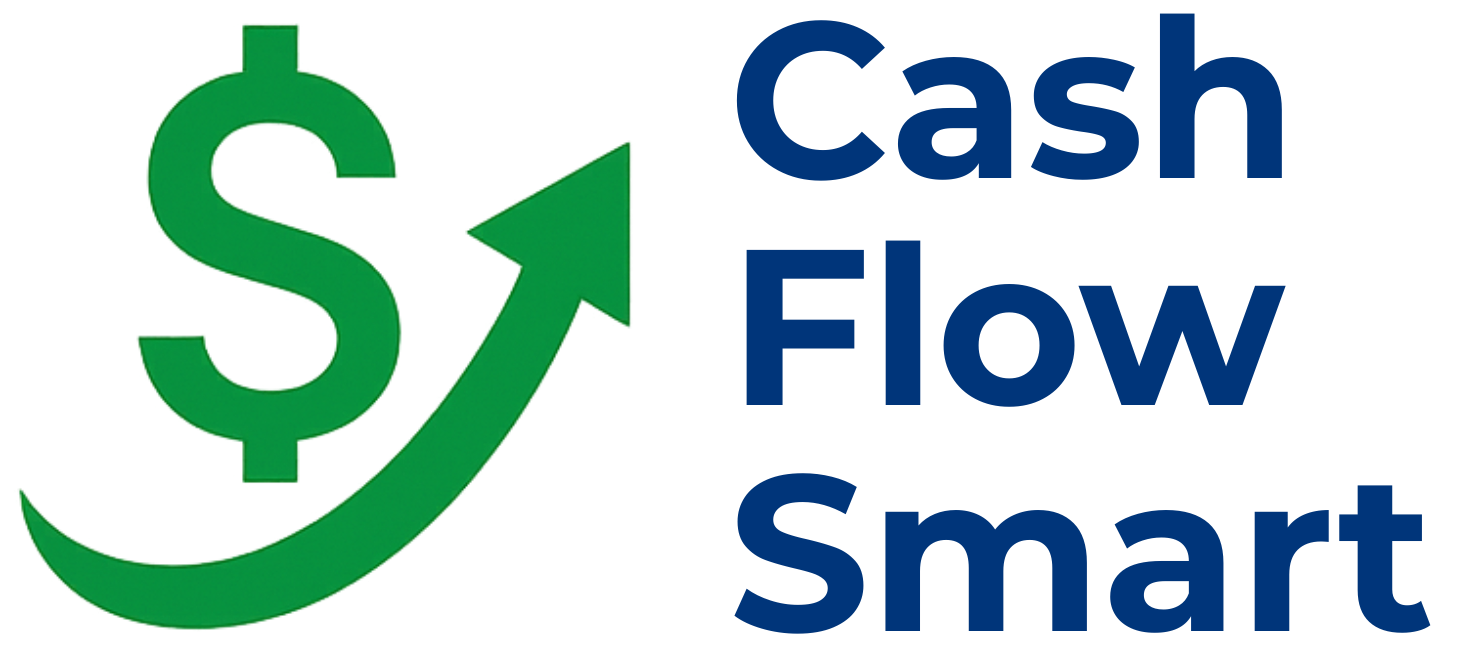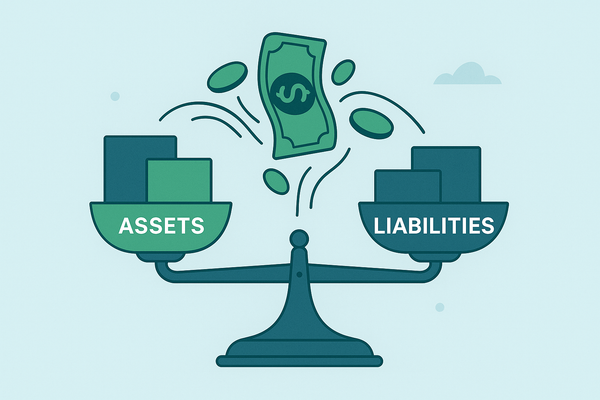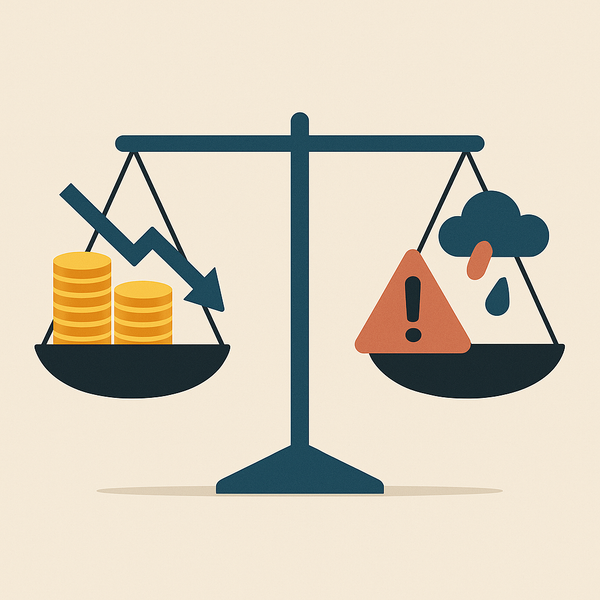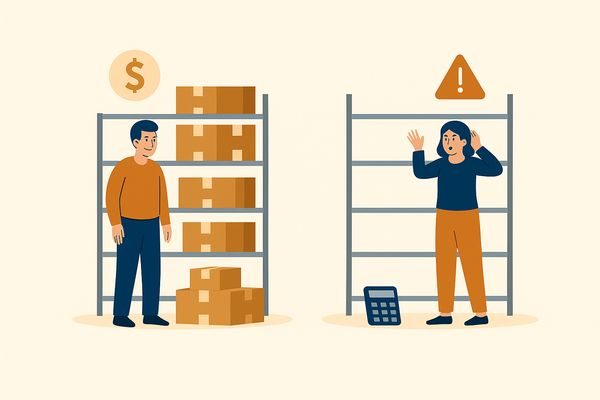Understanding the Cash Flow Statement (With a Simple Example You Can Follow)

Introduction
Ever feel confused when someone mentions a "cash flow statement"? You’re not alone. Many small business owners know it’s important but aren’t quite sure how it works—or how to use it. The good news? It’s not as complicated as it sounds.
In this post, we’ll break down what a cash flow statement is, why it matters, and how you can use it to keep your business healthy. We’ll even walk through a simple example so you can see exactly how it works.
What Is a Cash Flow Statement?
A cash flow statement shows how much cash is moving into and out of your business over a specific period—typically monthly, quarterly, or annually.
Unlike the income statement, which is based on accrual accounting and includes non-cash items like depreciation, the cash flow statement focuses purely on cash: actual money in and money out.
It’s divided into three sections:
- Operating Activities – Cash generated or used by day-to-day business operations.
- Investing Activities – Cash spent on or earned from investments, like equipment or property.
- Financing Activities – Cash from or to lenders and investors (e.g., loans, dividends).
Why Does the Cash Flow Statement Matter?
Here’s why this statement is crucial:
- Cash is king. You can show a profit on your income statement and still run out of money. Cash flow tells the real story.
- It shows liquidity. Can you pay your bills, meet payroll, and cover expenses next month? The cash flow statement helps answer that.
- It helps you forecast and plan. With a clear view of inflows and outflows, you can make smarter decisions and avoid surprises.
📊 According to a U.S. Bank study, 82% of small businesses fail due to poor cash flow management—not lack of profits.
Common Cash Flow Mistakes to Avoid
- Confusing profit with cash. Just because you billed a client doesn’t mean you’ve received the money.
- Ignoring timing. If your receivables are slow but your bills are due fast, you’ve got a problem.
- Not tracking regularly. Cash flow should be monitored weekly or monthly—not just at year-end.
- Overlooking seasonality. Cash flow may vary across seasons. If you don’t plan for the lows, they can sneak up on you.
How to Read a Cash Flow Statement (With Example)
Let’s look at a simplified cash flow statement for a small service-based business—say, a graphic design studio.
Mock-Up: Monthly Cash Flow Statement for "Creative Co." (January 2025)
| Section | Amount |
|---|---|
| Operating Activities | |
| Cash received from clients | $15,000 |
| Cash paid to suppliers | ($4,000) |
| Salaries paid | ($6,000) |
| Rent and utilities | ($1,500) |
| Net Cash from Operating | $3,500 |
| Investing Activities | |
| Purchase of new laptop | ($1,200) |
| Net Cash from Investing | ($1,200) |
| Financing Activities | |
| Owner’s contribution | $2,000 |
| Loan repayment | ($500) |
| Net Cash from Financing | $1,500 |
| Net Change in Cash | $3,800 |
| Beginning Cash Balance | $1,200 |
| Ending Cash Balance | $5,000 |
💡 Key takeaway: Although Creative Co. earned $15K in revenue, their final cash balance was only $5K after paying for operating needs and equipment.
Tips for Managing Cash Flow Like a Pro
✅ Use accounting software (like QuickBooks or Wave) to automatically generate cash flow reports.
✅ Create a rolling 13-week cash forecast to spot cash shortages in advance.
✅ Negotiate better payment terms with vendors—or offer early payment discounts to customers.
✅ Build a cash reserve to buffer seasonal dips or unexpected expenses.
✅ Review your cash flow monthly—make it a habit, not a one-time task.
Quick Cash Flow Health Checklist
Ask yourself:
- Do I know my cash position today?
- Can I cover my next 30 days of expenses?
- Are my receivables collected within 30 days?
- Am I reinvesting cash wisely?
- Do I review my cash flow at least monthly?
If you answered “no” to any of these, it might be time to tighten up your cash flow tracking.
Final Takeaway
Understanding your cash flow isn’t just for accountants. It’s a superpower for any business owner. The cash flow statement gives you visibility, control, and confidence to make better decisions and grow your business sustainably.
💡 Want to get free practical tips and advice in your mailbox? Sign-up for FREE to start mastering your business cash flow today!




